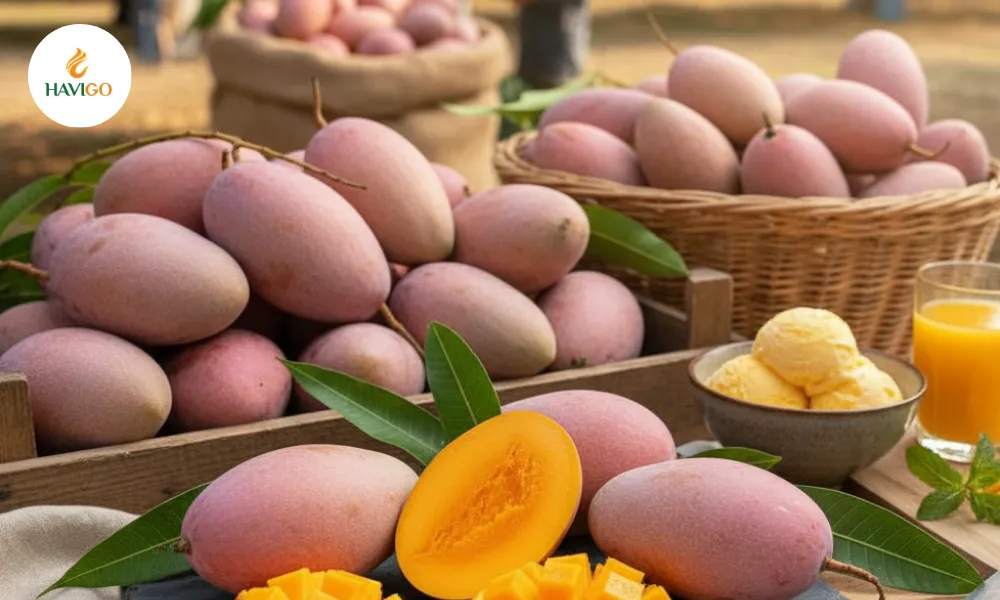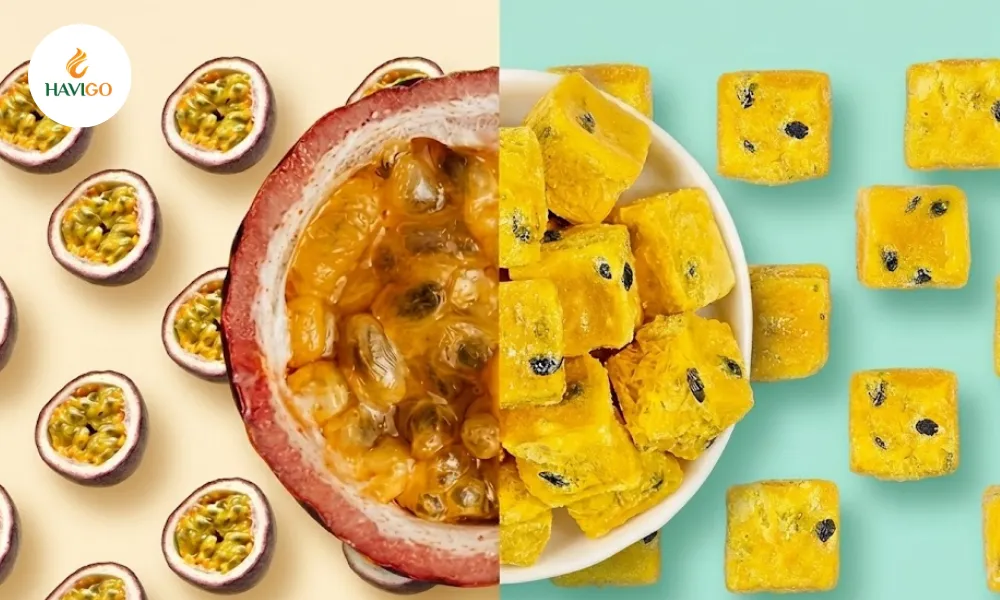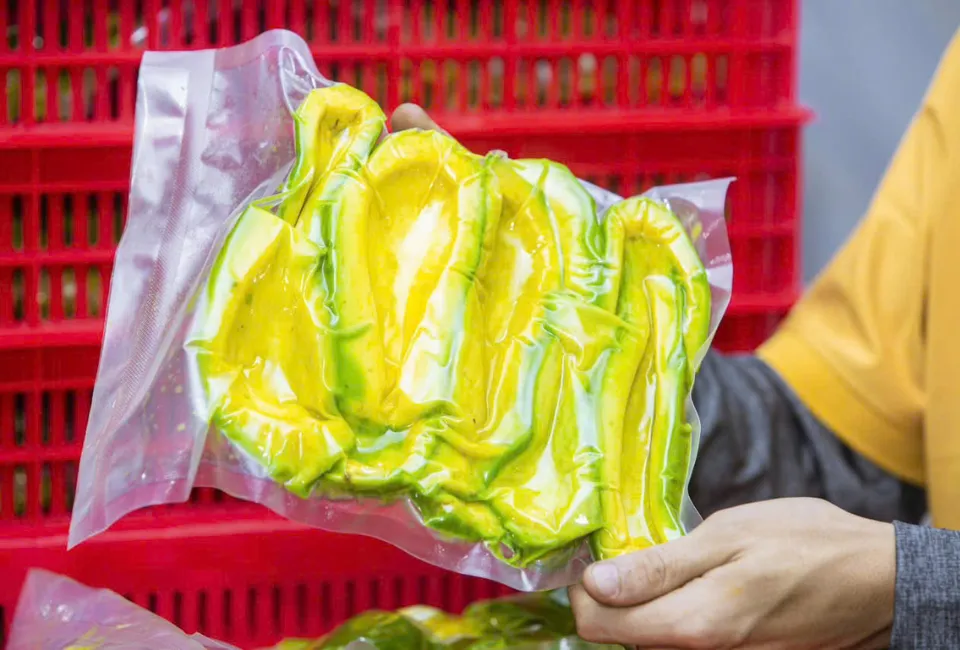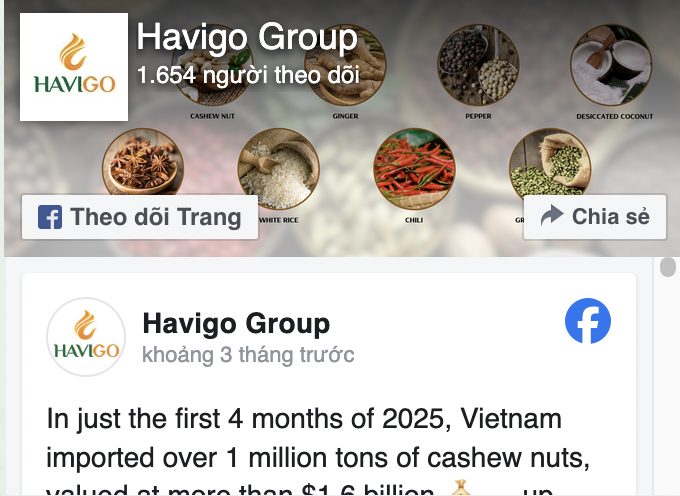Introduction to cassia cinnamon
Cassia cinnamon, known for its robust flavor and affordable pricing, represents a significant opportunity in the global spice trade. As consumer demand for natural ingredients continues to grow worldwide, understanding the export landscape has become essential for businesses looking to enter this lucrative market. This comprehensive guide examines the production, quality standards, market trends, and export regulations that shape the international trade.
What is Cassia Cinnamon?
Cassia cinnamon (Cinnamomum cassia), also called Chinese cinnamon, is distinguished from Ceylon or “true” cinnamon (Cinnamomum verum) by its stronger flavor profile and higher coumarin content. Harvested from the inner bark of evergreen trees native to Southern China, Indonesia, and Vietnam, cassia cinnamon features:
- Darker reddish-brown color
- Thicker, harder bark structure
- More intense, slightly spicier flavor
- Higher essential oil content
This variety accounts for approximately 95% of the cinnamon consumed globally, making it the predominant type in international trade.
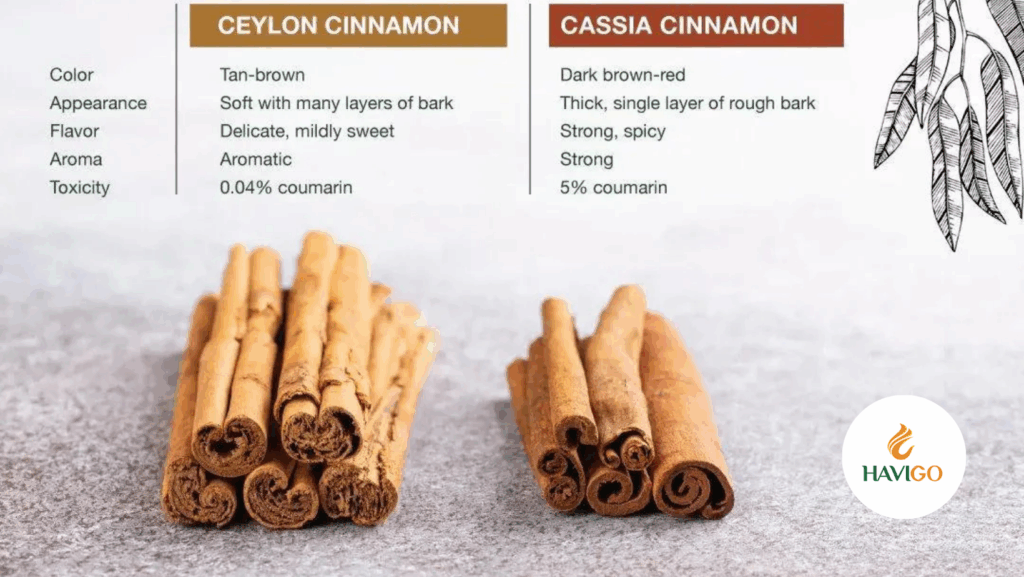
Dont know how to distinguish Cassia cinnamon or Ceylon cinnamon. Click here for more details:
Cassia vs. Ceylon: Basic Differences of 2 Cinnamon Kinds
Major Production Regions
The primary production centers for include:
The global cinnamon market is projected to reach $1.2 billion by 2028, growing at a CAGR of 4.8%. Several factors drive this growth:
- Increasing demand for natural food ingredients
- Growing popularity of Asian cuisines in Western markets
- Rising awareness of cinnamon’s potential health benefits
- Expanding use in pharmaceutical and nutraceutical products
Furthermore, the United States, Europe (particularly Germany and the UK), and the Middle East represent the largest import markets, while developing economies show the fastest growth rates. Additionally, emerging markets in Asia and Latin America are creating new export opportunities as sustainability concerns and organic certification gain importance.
Moreover, e-commerce has transformed distribution channels, allowing smaller producers to reach international buyers directly, although traditional spice trading companies still handle most bulk transactions.
Therefore, exporters must consider these trends when developing their market strategies, as understanding regional preferences and regulations remains essential for success.
Diverse Products from Yen Bai
Yen Bai province offers a range of cassia cinnamon products for various markets. First, whole tube cassia from 12+ year trees features thick, aromatic bark ideal for oil extraction. Additionally, split cassia provides stronger flavor through increased surface exposure. Furthermore, rolled stick cassia balances potency with usability, while shorter cigarette cassia works well in brief cooking applications. Meanwhile, economical broken cassia serves as an excellent base for powder production. Moreover, ground cassia powder offers maximum convenience for baking and spice rubs. Finally, Yen Bai also produces specialty variants such as round-cut, square-cut, uniform chips, and pressed cassia based on customer requirements.
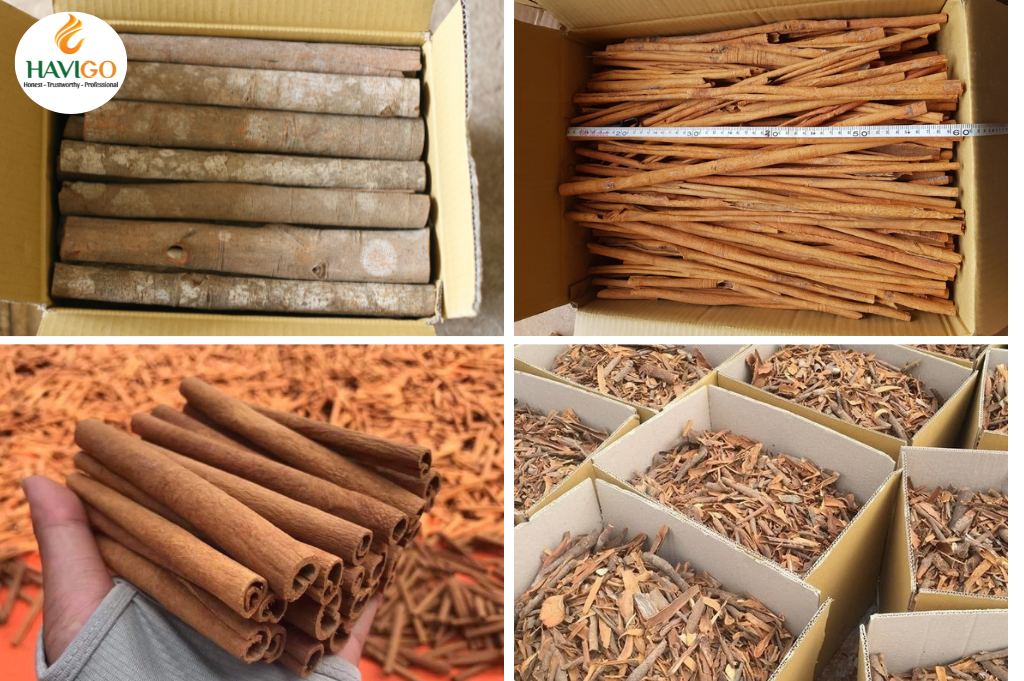
Click here for more details about types of cassia cinnamon from Yen Bai
Stay Connected with Havigo Vietnam
Havigo Company Limited is active in the agricultural export sector, and we aim to bring high-quality Vietnamese agricultural products, including spices, rice, beans, and fruits, to the global market. We supply you with high-quality products at competitive prices. If you are interested in importing Cassia from Vietnam, please contact us via WhatsApp: +84 886970996 for excellent support.
We are confident in our ability to consistently deliver in a way that meets the highest quality standards while offering competitive pricing within the market.
For more information about our products, please visit our LinkedIn



